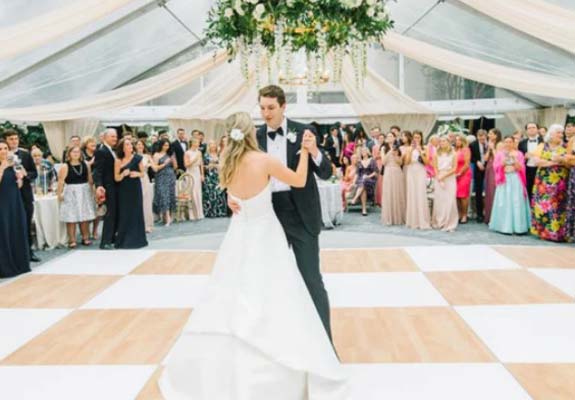
One of the primary functions of lighting on a dance floor is to highlight the performers. Spotlights can be used to focus attention on individual dancers or groups, making them the focal point of attraction. This method not only displays their actions but also adds a layer of drama to the performance. When dancers are illuminated effectively, their expressions and skills become more apparent, allowing the spectators to value their abilities. This targeted lighting can also help to establish a story, guiding the audience through the performance.
In addition to highlighting performers, colored illumination can greatly affect the mood of the dance floor. Different colors evoke different emotions; for example, warm colors like crimson and amber can generate a sense of enthusiasm and energy, while cooler colors like blue and green can encourage tranquility and relaxation. By strategically using colored lights, event planners can manipulate the environment to align with the concept of the occasion or the style of the dance. This thoughtful approach to lighting design can improve the complete encounter for all involved.
Flashing lights and other active lighting effects can also add excitement to a dance floor. These effects can generate a sense of beat and motion that complements the music being played. When synchronized with the rhythm, flashing lights can make the dancing area feel alive, inviting dancers to move in time with the flashing lights. This interaction between light and music can elevate the vitality of the occasion, making it more pleasurable for both performers and spectators. The use of such features requires thoughtful navigate to this web-site consideration to ensure they improve rather than distract from the show.
Finally, the complete setup of the lighting setup is essential for establishing a unified look on the dance floor. A well-thought-out lighting plan takes into account the configuration of the space, the type of performance being executed, and the spectators' encounter. By combining different lighting techniques, such as ambient lighting, highlighting, and unique features, organizers can create a aesthetically impressive environment. This attention to specifics not only improves the performance but also leaves a memorable impact on the spectators, making the event memorable. In conclusion, the powerful power of lighting is vital in improving dancing area aesthetics, creating an captivating and pleasurable experience for everyone.